The Smart Shelf Market is currently characterized by a dynamic competitive landscape, driven by technological advancements and evolving consumer behaviors. Key players such as Amazon (US), Zebra Technologies (US), and Samsung (KR) are at the forefront, each adopting distinct strategies to enhance their market presence. Amazon (US) continues to leverage its vast logistics network and data analytics capabilities to optimize inventory management, while Zebra Technologies (US) focuses on integrating advanced RFID technology to improve real-time tracking and inventory accuracy. Samsung (KR), on the other hand, emphasizes innovation in smart display technologies, aiming to create more interactive and engaging shopping experiences. Collectively, these strategies not only enhance operational efficiencies but also shape a competitive environment that increasingly prioritizes technological integration and customer-centric solutions.
In terms of business tactics, companies are increasingly localizing manufacturing and optimizing supply chains to respond swiftly to market demands. The Smart Shelf Market appears moderately fragmented, with a mix of established players and emerging startups. This fragmentation allows for diverse approaches to market entry and growth, as companies seek to differentiate themselves through unique value propositions. The collective influence of these key players fosters a competitive structure that encourages innovation and collaboration, particularly in technology development and customer engagement strategies.
In August 2025, Amazon (US) announced the expansion of its smart shelf technology into new retail sectors, including grocery and convenience stores. This strategic move is significant as it not only broadens Amazon's market reach but also enhances its ability to provide tailored solutions for diverse retail environments. By integrating smart shelf technology into these sectors, Amazon aims to streamline inventory management and improve customer experiences, thereby reinforcing its position as a leader in retail innovation.
In September 2025, Zebra Technologies (US) unveiled a new line of smart shelf solutions that incorporate AI-driven analytics to predict inventory needs. This development is crucial as it positions Zebra at the intersection of technology and retail, enabling retailers to make data-driven decisions that enhance operational efficiency. The integration of AI into smart shelf technology suggests a shift towards more intelligent systems that can adapt to changing consumer behaviors and preferences.
In July 2025, Samsung (KR) launched a partnership with a leading retail chain to pilot its latest smart shelf displays, which feature interactive touchscreens and integrated payment systems. This collaboration is indicative of Samsung's strategy to not only innovate but also to create immersive shopping experiences that engage consumers on multiple levels. The partnership underscores the importance of strategic alliances in driving technological adoption and enhancing customer engagement in the retail sector.
As of October 2025, current competitive trends in the Smart Shelf Market are heavily influenced by digitalization, sustainability, and AI integration. Companies are increasingly forming strategic alliances to enhance their technological capabilities and market reach. The shift from price-based competition to a focus on innovation, technology, and supply chain reliability is becoming more pronounced. Looking ahead, competitive differentiation will likely evolve as companies invest in cutting-edge technologies and sustainable practices, positioning themselves to meet the demands of a rapidly changing retail landscape.


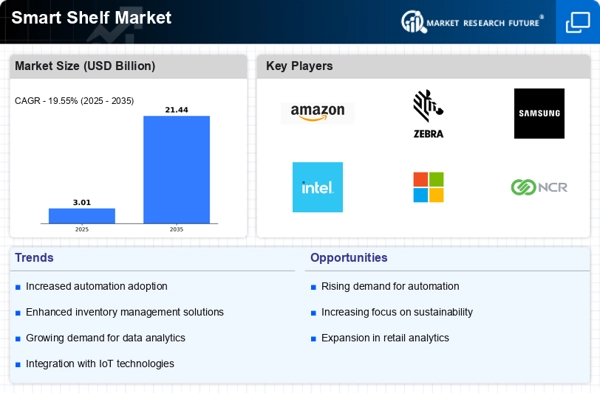
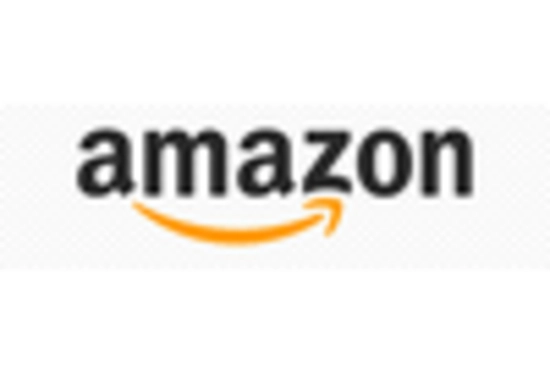
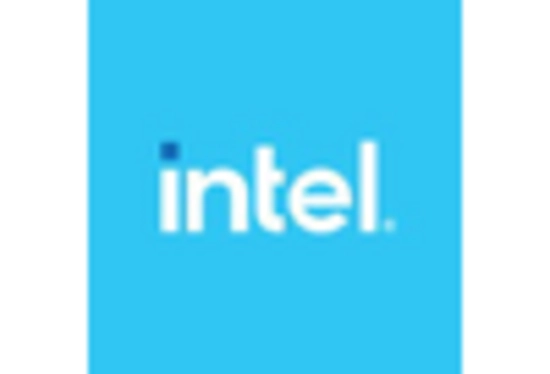

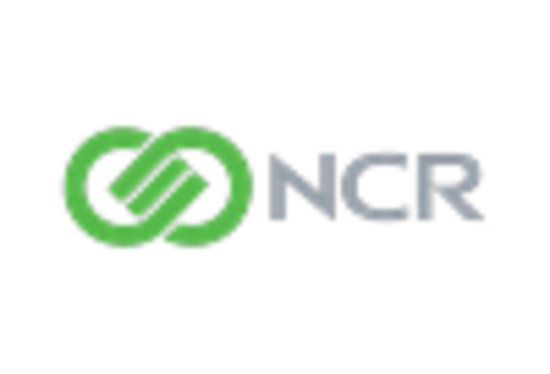
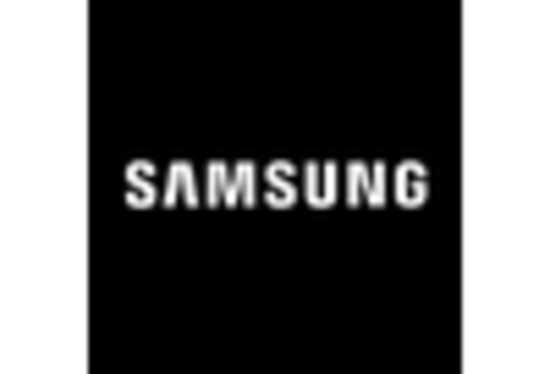
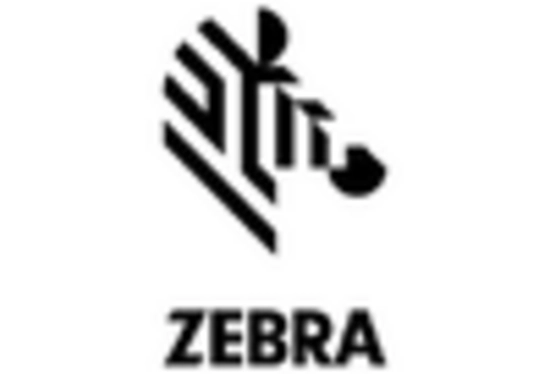








Leave a Comment